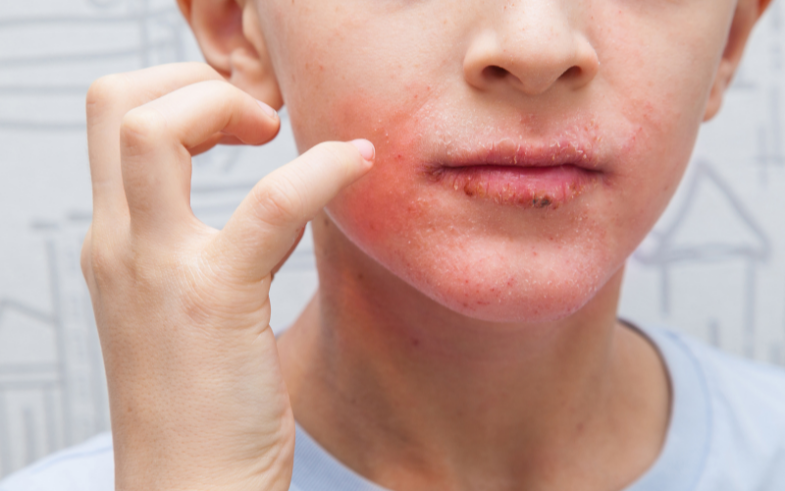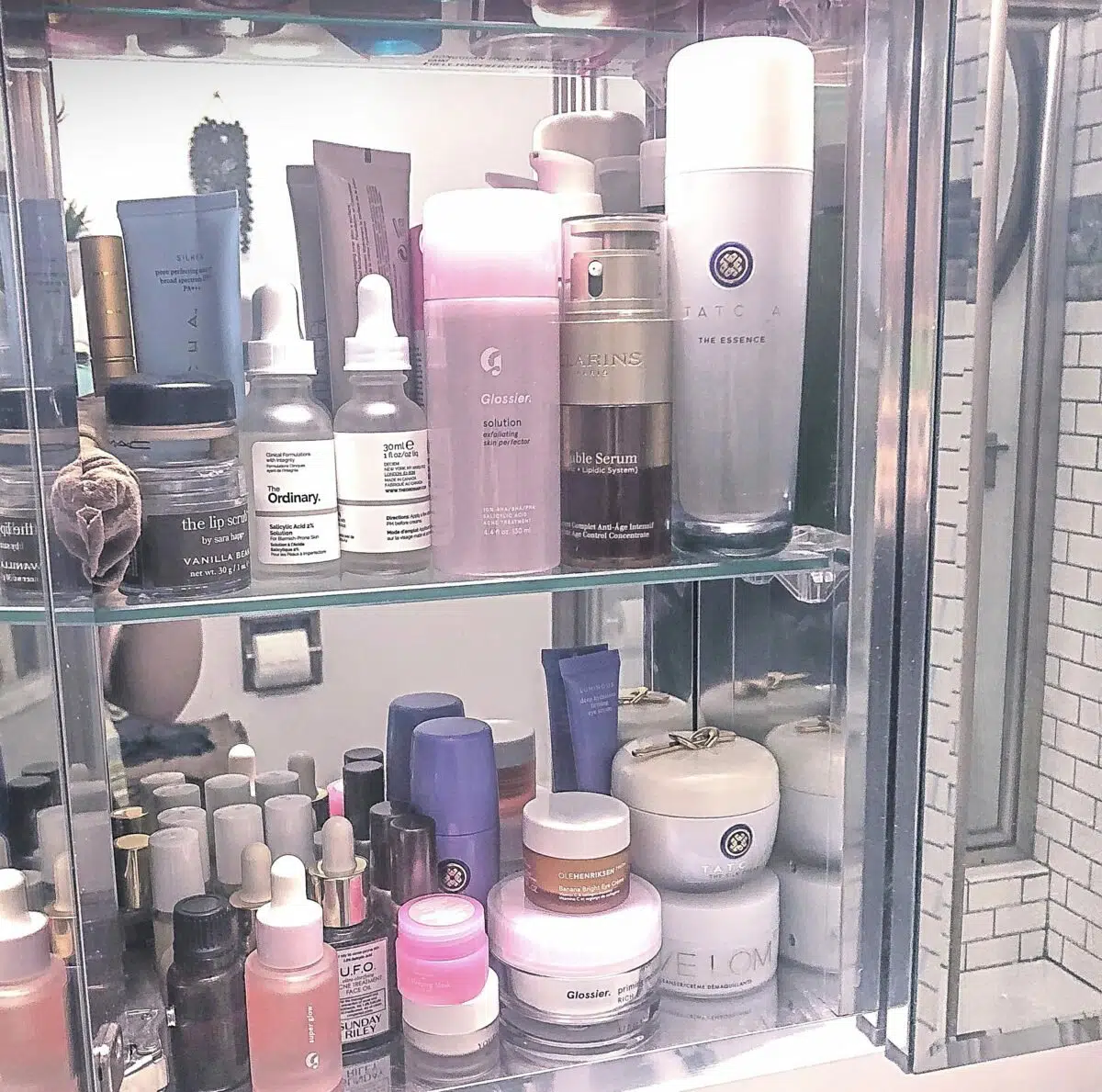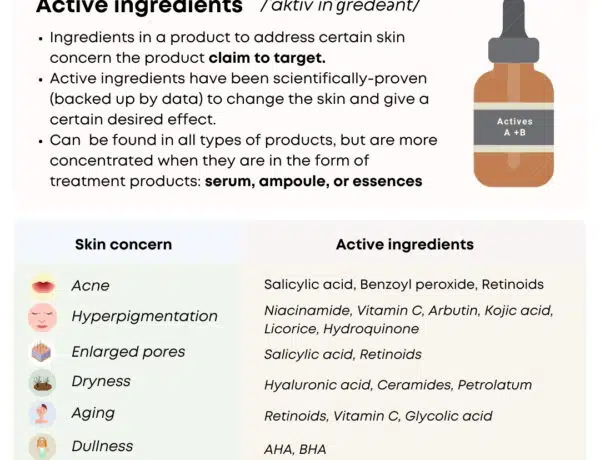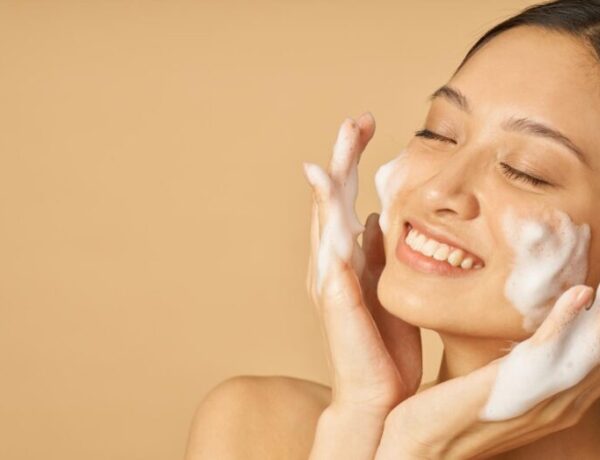Skincare has all the hype right now, but one needs to understand that you are using chemicals on your face when doing skin care. These aren’t bad chemicals, but mishandling them according to your skin can cause a terrible reaction. Many people opt for a custom skin care manufacturer to avoid any severe skin response—especially those who do not look at the ingredient list properly before using a skincare product.
There are various allergic reactions that you can experience from skincare. Please read below to find out about these reactions and the ingredients that can cause them.
Allergic Reactions To Skin Care Ingredients
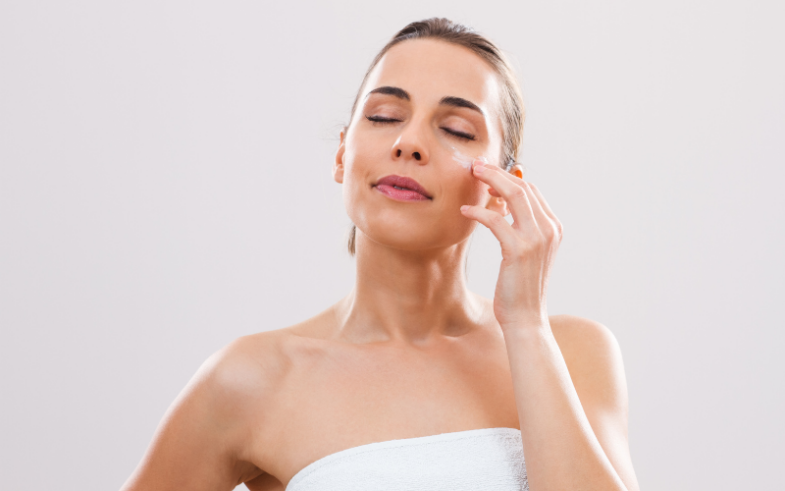
People opt for skincare to get rid of their epidermal issues and maintain healthy skin. By doing so, many people forget that these skincare products have chemicals in them and could potentially cause harm to their skin. It is common for people to report that they have hives and swelling, and itching around their eyes and lips after using salicylic acid.
Out of those who get this allergic reaction, for a few, it is significantly less or manageable, and hence they do not pay heed to it, while for others, it can be a horrible experience. Therefore you should look out for any reaction on your face which wasn’t previously there.
These allergic reactions can be dryness, itching near the mouth and eyes, hives, melasma, burning, stinging, and swelling of the face. While these reactions are common, you should try out the product behind your ears or on your upper arms at least two times to confirm your allergy.
Some severe allergic reactions can also include swelling of the tongue, itching inside the mouth, and difficulty breathing; you can also faint, but these are all infrequent severe reactions for topical treatment.
Top 7 Common Skin Care Ingredients Which Can Cause Allergic Reactions
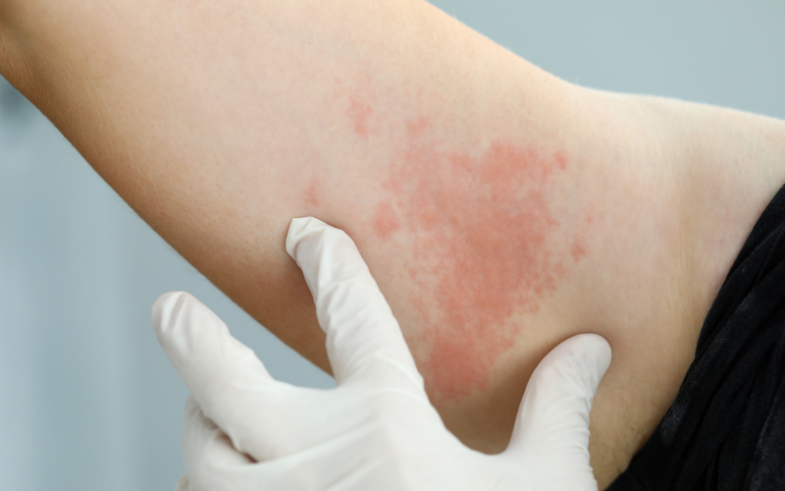
Having an allergic reaction is a terrifying process when all you are trying is to treat your epidermal issues. It is also why people are asked to do a patch test in case they might get an allergic reaction to a particular formulation. Below is a list of the common ingredients that you should look out for before putting them on your face.
1. Salicylic Acid
Salicylic acid is a common ingredient used for acne and blackhead-prone skin. It is also the same active acid found in aspirin. Right off the bat, people use stronger concentration for their face at the beginning leading to some itchiness and dryness.
It is pretty standard and not considered an issue if it’s slowly introduced in the skincare regime. The problem comes when you notice dryness, redness, itchiness, and even swelling on your face even after 2-3 times of use.
Before immediately using it, you should first try it 2-3 times a week to check your compatibility with the acid. Doing so gives your skin time to adjust and let the acid work better. If you still see similar issues in the second or third week, you should stop using the acid.
2. Essential Oils
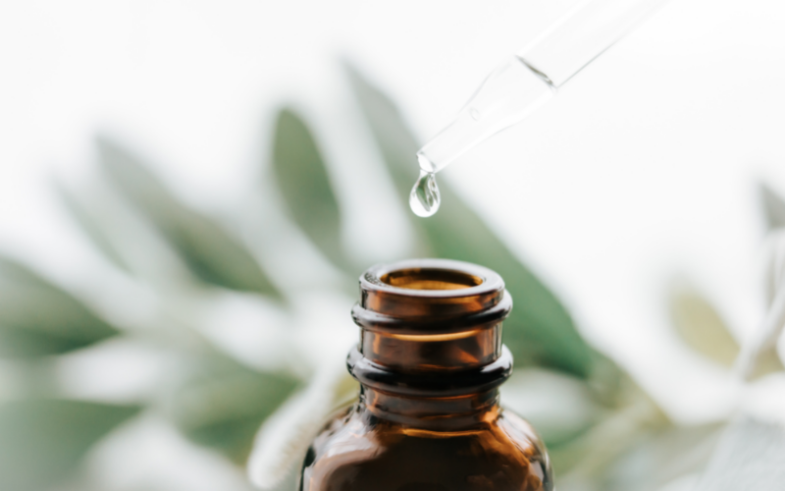
Essential oils are used mainly by people who have dryness and flakiness. While there are various benefits of essential oils, these oils are heavy and thus easily clog the pores or give irritation and redness. You might not be able to confirm an allergic reaction on the arm or behind the ear, so you should try using it on a small area or very close to your face.
3. Sulfates
Sulfates are used everywhere in skin care ranging from face washes to sunscreen. It is highly comedogenic and causes inflammation and breakouts wherever used on the body. Not everyone can use sulfates without issues, and you should avoid this product if possible.
4. Retinol
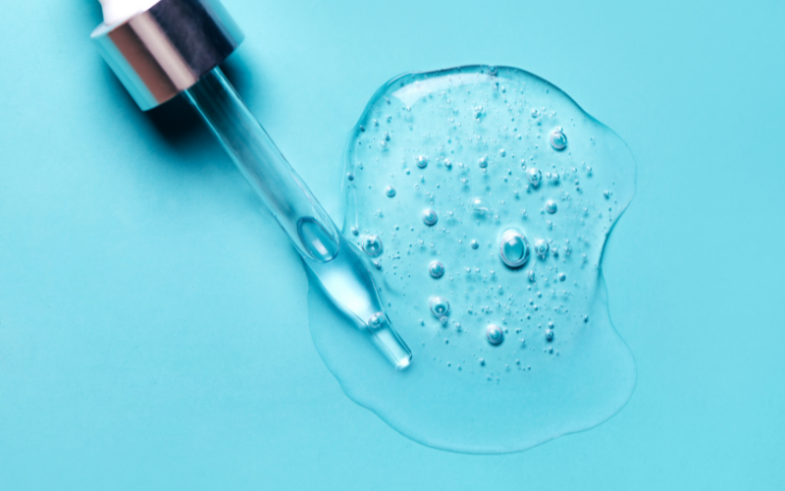
Retinol is one of the most widely and best anti-aging products available in the market. But using even a little more amount of this product can cause your skin barrier to be damaged, causing inflammation and redness.
Otherwise, many people also regularly go through purging and inflammation to get used to this product. Not healing the purging can lead to very bad hyperpigmentation and burns on the face.
5. Glycolic Acid
It is one of the best AHAs or exfoliants available in the market. You can even use it on your hair, scalp, underarms, thighs, knees, and so on. It is beneficial for removing hyperpigmentation and similar issues along with clogged pores. But because it works so well for most people, those with combination or sensitive skin can have problems while using their product.
It can cause irritation and inflammation; worse, your skin barrier would be damaged. You should adequately control the amount of glycolic acid you use on your face to avoid allergic reactions.
6. Emollients
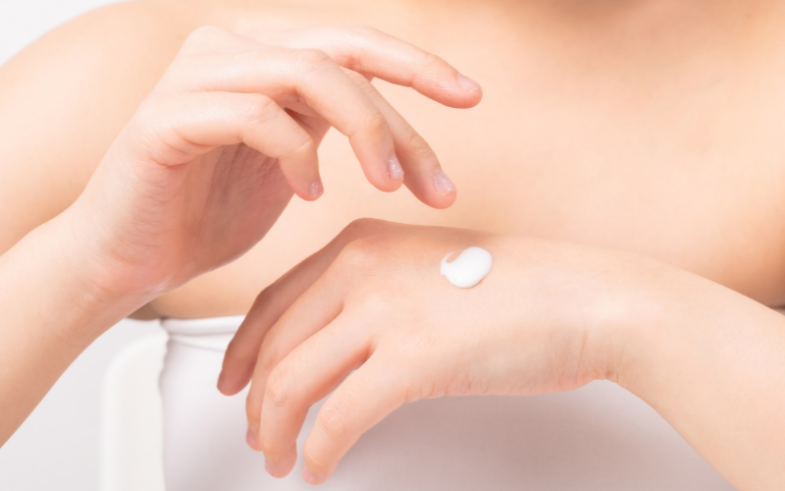
Without the help of emollients, moisturizing is a complicated task, but that doesn’t mean that you can use any emollient. Emollients are well known for their pore-clogging properties, which cause breakouts, bumps, and even inflammation. Whether you have dry, combination, or oily skin, you should opt for emollients that do not have a heavy particular or do not feel heavy when applied. It is a unique characteristic of moisturizers that are oil-free or water-based.
7. Fragrances
In many products, fragrances are added to attract people to buy more of that product. It is fine as long as one doesn’t have an allergic reaction to the scent. Most of the time, the fragrance of the skin care product irritates the epidermal layer and causes inflammation and redness. Worse off, you could even have dry, itchy, and painful patches on the skin. Depending on your sensitivity, you should check the tolerance of the fragrance of a product before using it on your face.
Conclusion
In today’s world, many people do skincare only to get smooth, glass-like skin. In the process, they try various products containing emollients and acids just because someone else had a good experience using them. Most of the time, this has resulted in severe allergic reactions because they weren’t aware of how to use the product or weren’t aware that they were allergic to it. It is why one must never skip a patch test and check if they are getting any reactions from the ingredients mentioned above.

